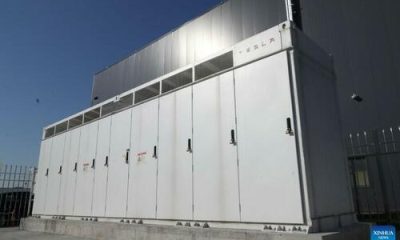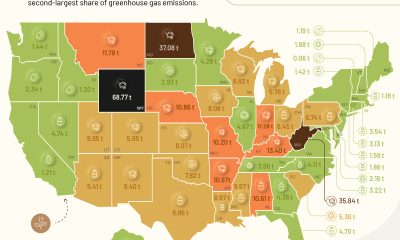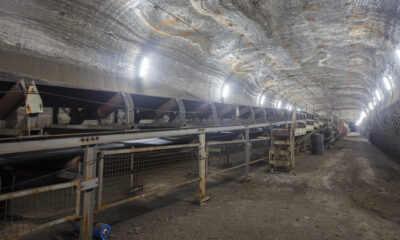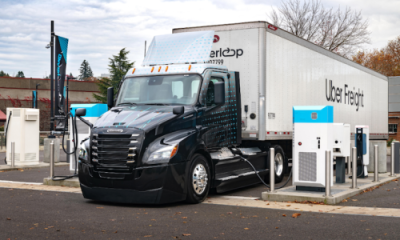Energy & Critical Metals
DOE reports say cumulative investment in hydrogen, nuclear and long-duration energy storage must increase to $300B by 2030
The US Department of Energy (DOE) has released a set of reports—Pathways to Commercial Liftoff—that provide guidance for bringing advanced nuclear,…
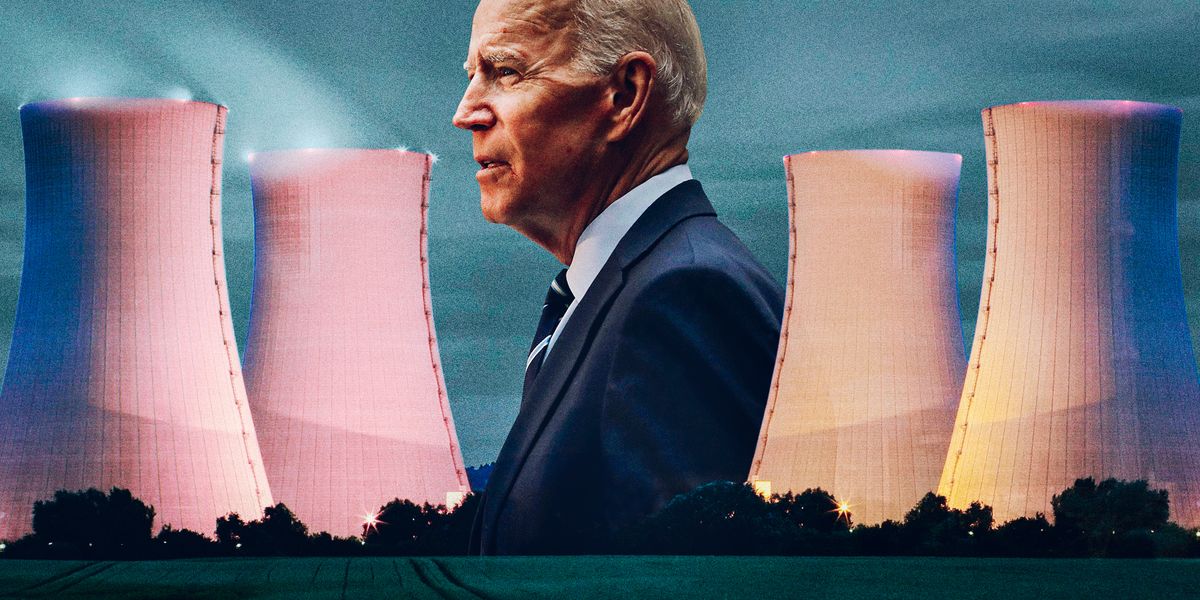
The US Department of Energy (DOE) has released a set of reports—Pathways to Commercial Liftoff—that provide guidance for bringing advanced nuclear, clean hydrogen and long-duration energy storage into the commercial mainstream.
The reports conclude that by 2030, cumulative investments must increase from approximately $40 billion to $300 billion across the hydrogen, nuclear, and long duration energy storage sectors, with continued acceleration until 2050 required to stay on track to realize long-term decarbonization targets.
-
Clean Hydrogen: According to the DOE, the clean hydrogen market is among the best poised to reach full-scale commercialization. Clean hydrogen production for domestic demand has the potential to scale from
If water electrolysis dominates as the production method, up to 200 GW of new renewable energy sources would be needed by 2030 to support clean hydrogen production. The opportunity for clean hydrogen in the US, aligned with the DOE National Clean Hydrogen Strategy and Roadmap, is 50 MMTpa by 2050.
The Liftoff reports indicate that, despite increased investor engagement and project announcements, infrastructure buildout, demand uncertainty, workforce development, and other challenges to at-scale adoption need to be addressed for clean hydrogen to realize its full potential.
An investment gap of $85–215 billion remains through 2030. This need for rapid scaling of the capital base means these additional investments and diligence capabilities will be needed to accelerate development, particularly to enable investment in hydrogen distribution, storage, and end-use applications.
-
Long Duration Energy Storage (LDES): Although LDES technology is still maturing, the LDES market has enormous potential to improve grid resilience, increase the adoption of renewable power generation, and strengthen our energy security. However, continued technological progress, cost reductions, and an increase in public and private investment must be achieved to accelerate commercialization and ensure this promising technology can be a critical component of any future energy solutions.
The US grid may need 225-460 GW of LDES capacity for power market application for a net zero economy by 2060, representing $330 billion in cumulative capital.
-
Advanced Nuclear: Advanced nuclear is widely regarded as a clean, firm power source that can reliably complement widespread renewable energy buildout. Additionally, adoption of this technology has the potential to create long-term, high-paying jobs and deliver new economic opportunities for traditional energy producing communities that already have pre-existing power generation infrastructure, such as coal communities. The reports identified several obstacles, including increasing deployment of mature technologies and building efficient and timely delivery models.
To unlock deployment at scale, Nth-of-a-kind (NOAK) advanced nuclear overnight capital costs may need to approach ~$3,600 per kW. While the estimated first of a kind (FOAK) cost of a well-executed nuclear construction project is ~$6,200 per kW, recent nuclear construction projects in the U.S. have had overnight capital costs over $10,000 per kW. Delivering FOAK projects without cost overrun would require investment in extensive upfront planning to ensure the lessons learned from recent nuclear project overruns are incorporated. Subsequent nuclear projects would be expected to come down the cost curve to ~$3,600 per kW after 10-20 deployments depending on learning rate; this cost reduction would largely be driven by workforce learnings and industrial base scale-up.
Reaching 200 GW of new nuclear capacity in the US by 2050 will require deliberate action by both the public and private sectors. If deployment starts by 2030, ramping annual deployment to 13 GW by 2040 would provide 200 GW by 2050; a five-year delay in scaling the industrial base would require 20+ GW per year to achieve the same 200 GW deployment and could result in as much as a 50% increase in the capital required.
Given the constantly and rapidly evolving market, technology, and policy environment as well as community needs and concerns, the Liftoff reports are designed to be “living documents,” and will be updated as the commercialization outlook on each technology evolves.
DOE will continue to solicit input through industry forums, requests for information, and regular interactions across industry, investors, and other stakeholders to help inform decisions. DOE also encourages direct public input.
The Pathways to Commercial Liftoff reports were developed through extensive stakeholder engagement and a combination of system-level modeling and project-level financial modeling. Additional reports will be added in the coming months.

Uranium Exploration Company Announces Additional Staking in the Athabasca Basin
Source: Streetwise Reports 12/22/2023
Skyharbour Resources Ltd. announced an update from its Canada-based Falcon Project along with additional…
Tesla Launches New Mega Factory Project In Shanghai, Designed To Manufacture 10,000 Megapacks Per Year
Tesla Launches New Mega Factory Project In Shanghai, Designed To Manufacture 10,000 Megapacks Per Year
Tesla has launched a new mega factory…
Giving thanks and taking stock after “a remarkable year”
An end-of-year thank you to our readers, industry colleagues and advertisers before Electric Autonomy breaks from publishing until Jan. 2
The post Giving…

